
|
|
|
| synonym |
|
| description |
This species has a dark wing pattern with a yellowish tint to the cells. Some of the wing cells, especially at the tip of the wing have dark venation. There is a clear window in between the two main dark bands that transverse the wings, and the window above this clear one is slightly tinted yellow; the transverse patches can vary in darkness, from pale to dark brown. The thorax, head and rest of the body are fulvousy orange to tawny in color, usually unmarked or vaguely darkened on the middle portions of the dorsal surface of the head and face; the mesonotum is tan to dark yellowish brown. The legs are also fulvous. The top of the head is flat and square-shaped, characteristic of this genus. Adult males are 4.1-4.8 mm long, females are 4.5-5.0 mm. (Kramer, 1983)
For more pics of this species, see: BG. |
| distribution |
Eastern United States (UDEL) |
| abundance |
Uncommon, recorded primarily from the Coastal Plain; probably more abundant in the right habitat. |
| seasonal_occurrence | |
| habitat |
Has been found in open mixed hardwood forest and open pine woodland. |
| plant associates |
Nymphs are presumed to be root feeders. Adults have been found to associate with: wild ferns, Pteridophyta (UDEL) |
| behavior |
Can be attracted at night with a light. |
| comments |
This species has a far amount of intraspecific color variation, with specimens from Florida lighter in color than those from other parts of its range (Kramer, 1983). |
status |
[Native:]
[Introduced:]
[Extirpated:] | | list_type |
[Official:]
[Provisional:] |
| adult_id | Unmistakable and widely known Identifiable from good quality photos of unworn specimens
Identifiable from photos showing undersides, or other specialized views [e.g., legs, face]
Identifiable only by close inspection of structural features or by DNA analysis NULL |
| nymph_id | Unmistakable and widely known Identifiable from good quality photos, especially where associated with known host plants
Identifiable from close inspection of specimens or by DNA analysis
Identifiable only through rearing to adulthood NULL |
| G_rank |
|
| S_rank |
|
| rank_comments |
|
| tribe |
Bothriocerini |
| subgenus |
|
Species Photo Gallery for Bothriocera drakei No Common Name |
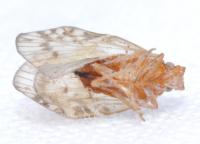 | Photo by: Bo Sullivan
Pender Co.
Comment: photographed by K. Kittelberger | 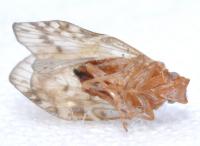 | Photo by: Bo Sullivan
Pender Co.
Comment: photographed by K. Kittelberger |
 | Photo by: Bo Sullivan
Pender Co.
Comment: photographed by K. Kittelberger | 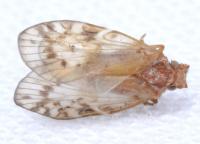 | Photo by: Bo Sullivan
Pender Co.
Comment: photographed by K. Kittelberger |
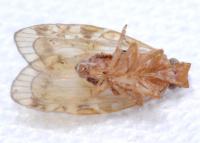 | Photo by: Bo Sullivan
Pender Co.
Comment: photographed by K. Kittelberger | 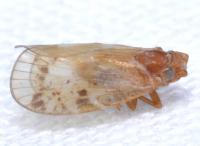 | Photo by: Bo Sullivan
Pender Co.
Comment: photographed by K. Kittelberger |
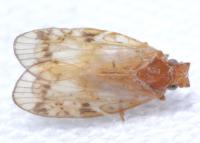 | Photo by: Bo Sullivan
Pender Co.
Comment: photographed by K. Kittelberger | 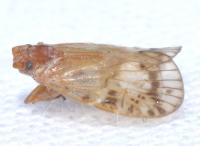 | Photo by: Bo Sullivan
Pender Co.
Comment: photographed by K. Kittelberger |
 | Photo by: Bo Sullivan
Pender Co.
Comment: photographed by K. Kittelberger |  | Photo by: Bo Sullivan
Pender Co.
Comment: photographed by K. Kittelberger |
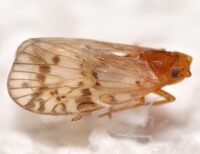 | Photo by: Erich Hofmann
Craven Co.
Comment: photographed by K. Kittelberger | 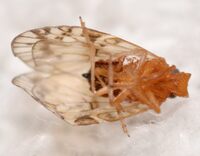 | Photo by: Erich Hofmann
Craven Co.
Comment: photographed by K. Kittelberger |
 | Photo by: Erich Hofmann
Craven Co.
Comment: photographed by K. Kittelberger | 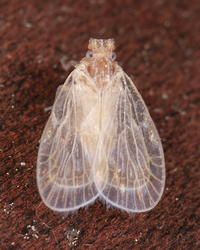 | Photo by: Mark Shields
Onslow Co.
Comment: |
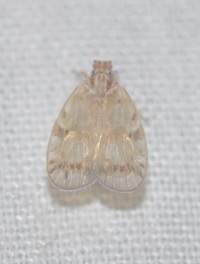 | Photo by: K. Bischof
Transylvania Co.
Comment: GORG | 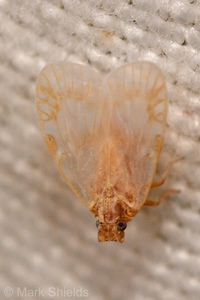 | Photo by: Mark Shields
Onslow Co.
Comment: |
 | Photo by: Harry Wilson
Wake Co.
Comment: mixed hardwood and pine habitat |

 »
»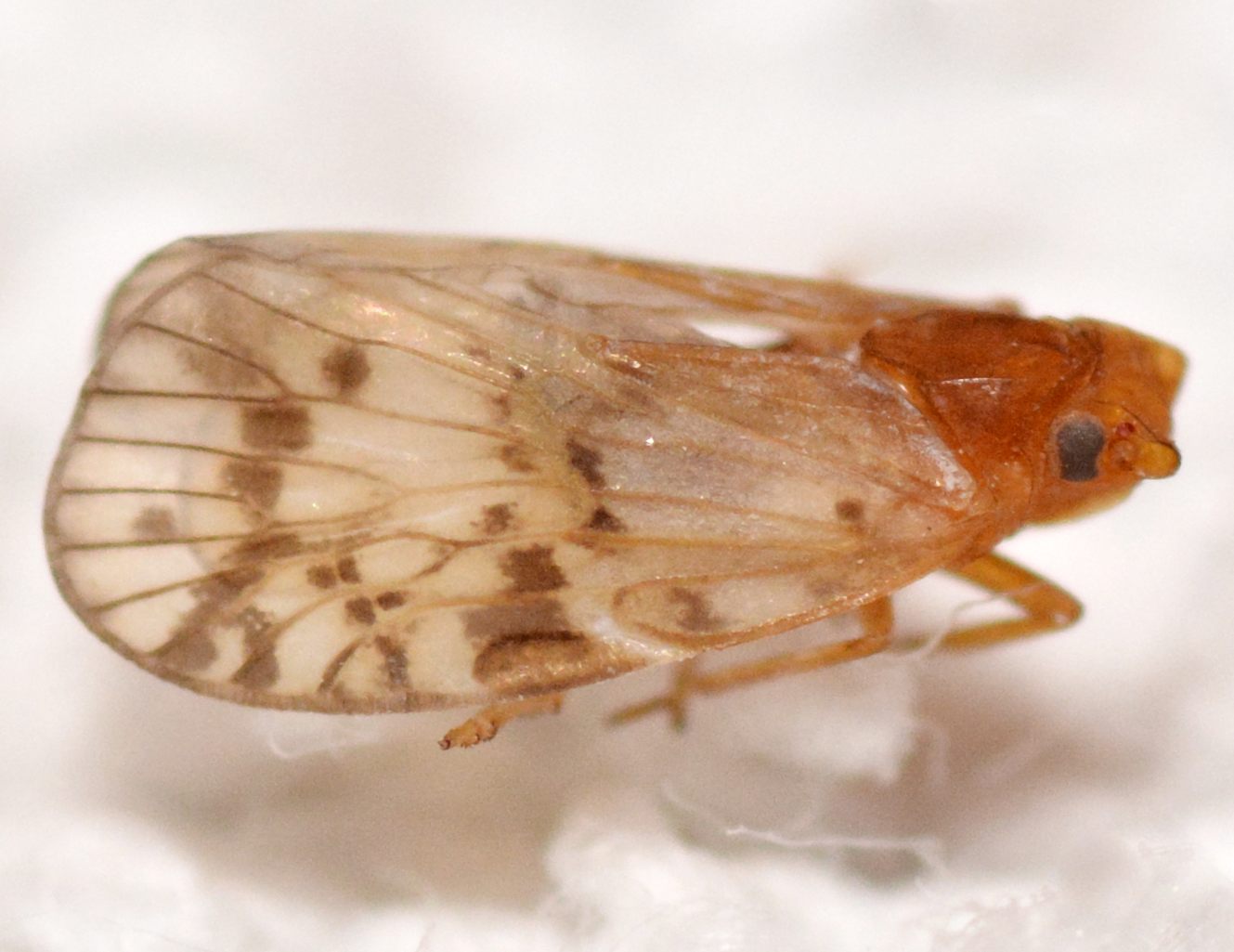
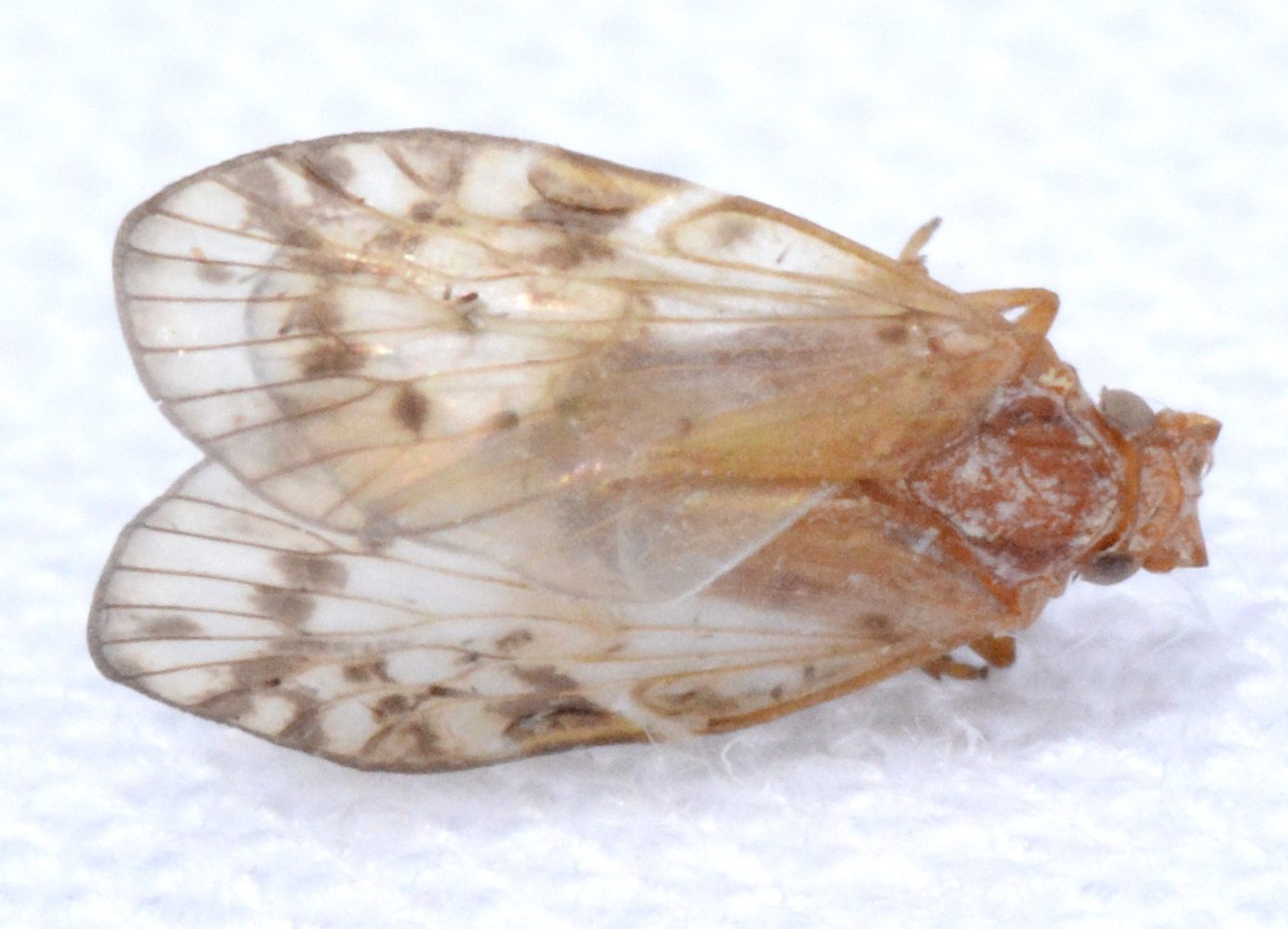



 »
»


